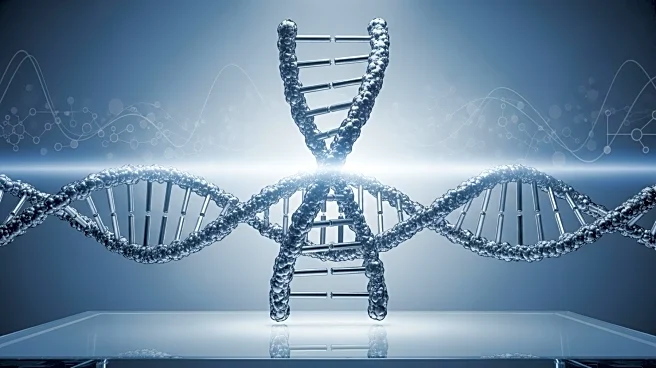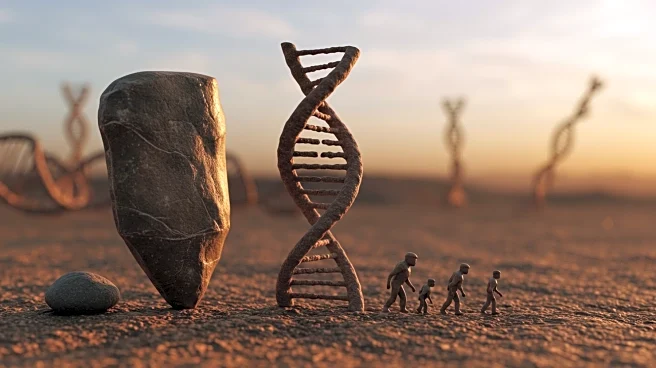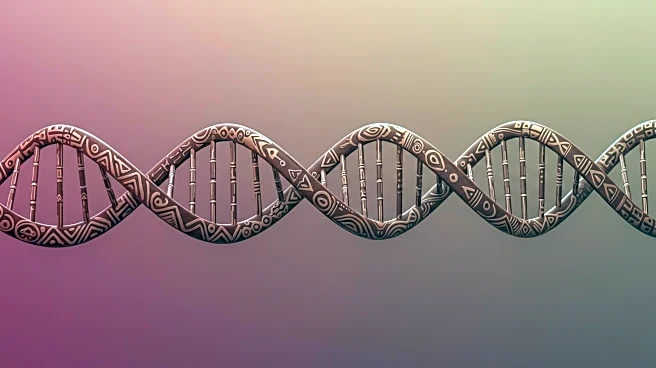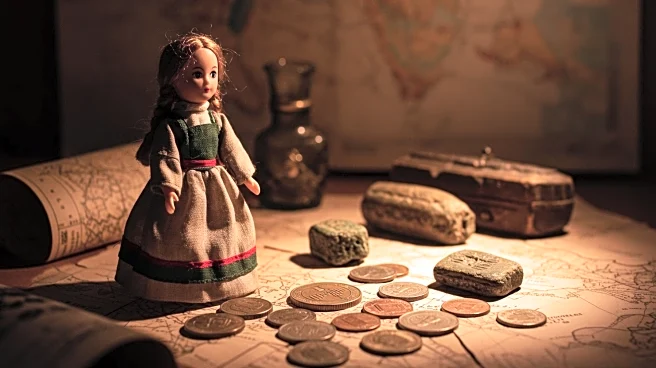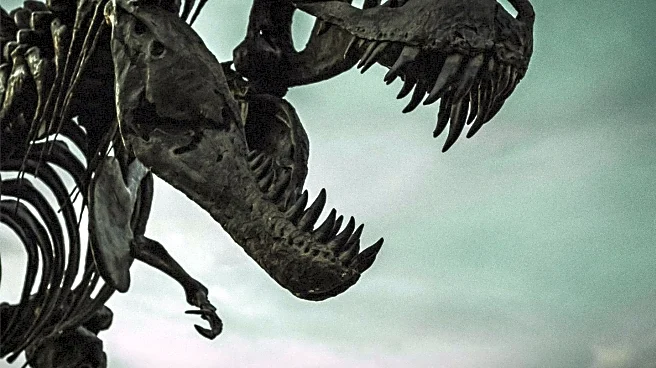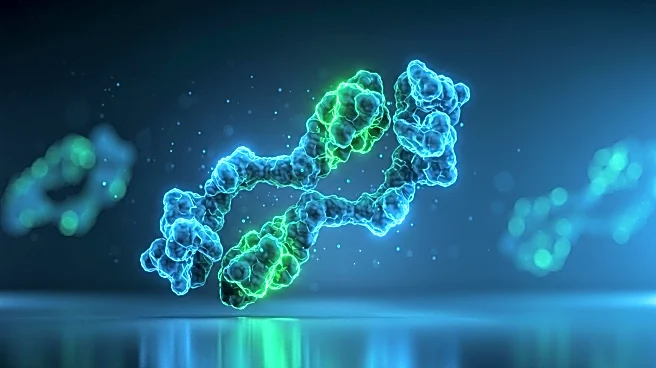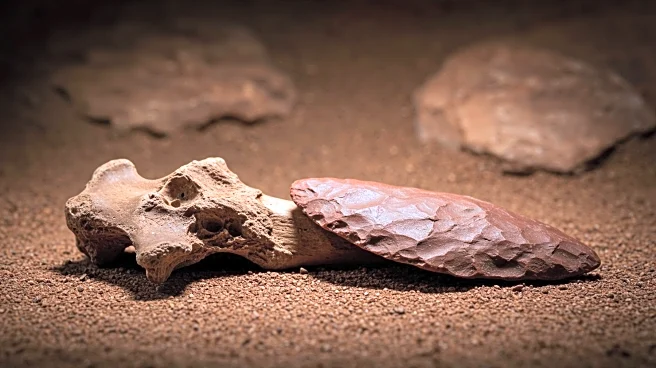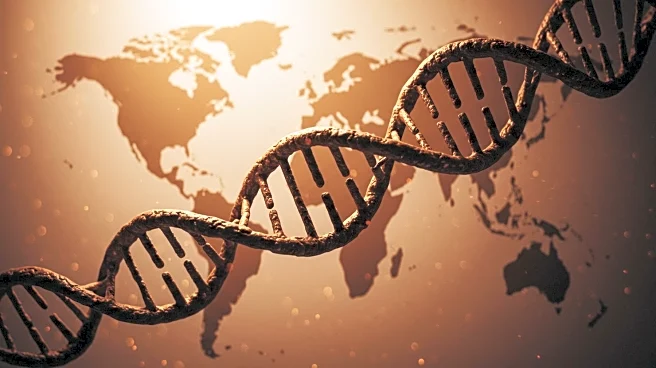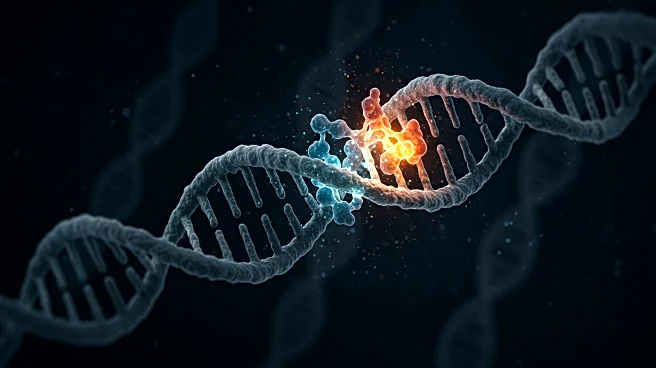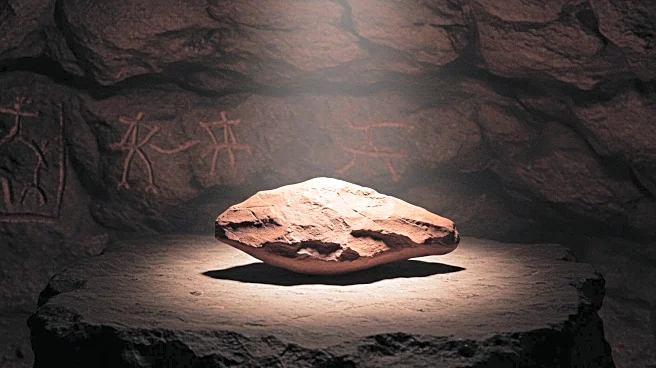Rapid Read • 7 min read
A recent study has modeled the European Neolithic expansion, suggesting that within-group mating was predominant and cultural transmission was limited. The research utilized a reaction-diffusion model and a two-dimensional agent-based simulation to analyze the spread of farming practices and genetic ancestry across Europe. The findings indicate that the expansion was primarily driven by demic diffusion, with cultural transmission playing a minor role. The study provides insights into the genetic and cultural dynamics of early European populations during the Neolithic period.
AD
Understanding the mechanisms behind the Neolithic expansion is crucial for comprehending the development of early European societies. The study's findings challenge previous assumptions about the role of cultural transmission in spreading agricultural practices, suggesting that population movement and genetic mixing were more influential. This research contributes to the broader field of archaeology and anthropology, offering a deeper understanding of human migration patterns and cultural evolution. It also has implications for interpreting ancient DNA data and reconstructing the history of European populations.
Further research may explore the implications of these findings for other regions and time periods, examining how similar processes might have occurred elsewhere. The study could also prompt new investigations into the interactions between hunter-gatherer and farming communities, as well as the impact of environmental factors on population dynamics. Additionally, advancements in genetic analysis and modeling techniques may provide more detailed insights into the complexities of human history.
The study raises questions about the nature of cultural exchange and adaptation in prehistoric societies. It highlights the importance of considering both genetic and cultural factors in understanding human history. The research also underscores the potential for interdisciplinary approaches, combining genetics, archaeology, and anthropology to unravel the complexities of past human behavior and societal development.
AD
More Stories You Might Enjoy
